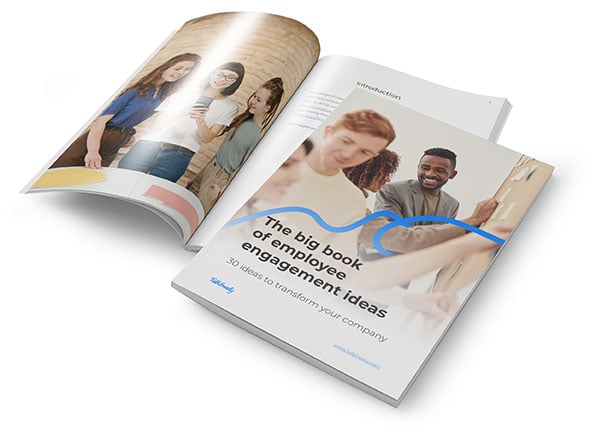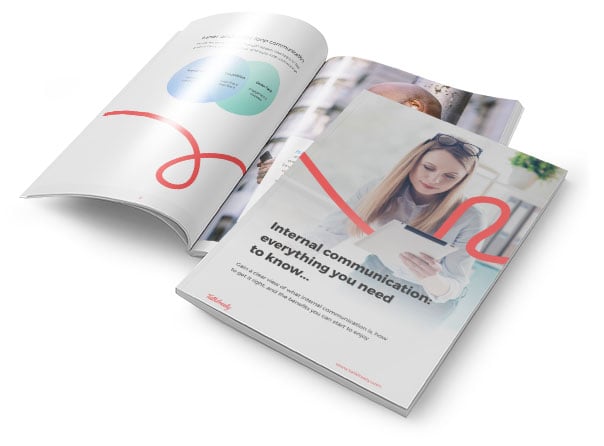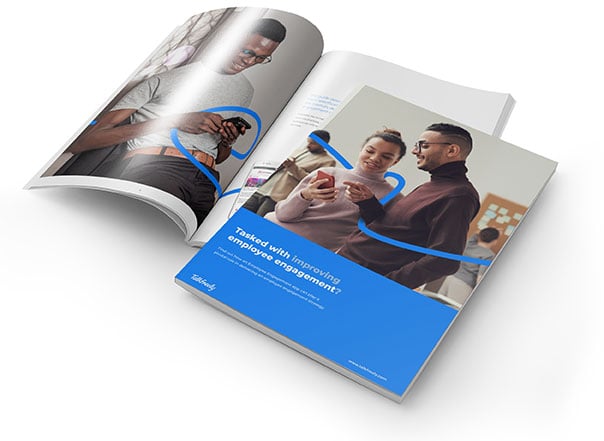When faced with the challenge of first implementing an innovation platform in your organisation, what methods are most likely to succeed?
In an interview with TED*, "creativity-for-all evangelist" David Kelley discussed the approaches to first making innovation happen. When asked about the concept of innovation being 'scary', Kelly favours a multi-strand approach.
"The main thing that seems to work is to have a bunch of experiments where people dig in. We have trouble if it’s a linear path and everyone is heading towards a finish line. Then people start to feel it’s important that their idea is the one to follow."
In innovation management terms, this simply involves setting up several challenges, so the focus is not on "How can we be better", but "How can x, y and z be made better?" The task is less daunting and more focused as a result.
Kelley is also keen to stress that the process of establishing innovation should not be 'sold' as a long-term project for one simple reason; CEOs don't stay for many years in post, and you need senior management to want to 'do' innovation.
"Our solution is almost always: ‘Hey, team. I know you do things in this way and that works for you, but we need to move the company. And as a way of putting our toe in the water, let’s do these three experiments.’"
Kelley also quotes Albert Bandura's concept of 'guided mastery'; how cultural change can be achieved through a series of small successes. This approach also makes planning, implementation and assessment easier too; you are not dealing with a mass of ideas and data, but several more focused challenges, solutions and outcomes.
At the centre of the interview is Kelley's firm belief in the value of design thinking.
"Design thinking is a human-centered approach, and one time we got people to sign up to try it. So we would get the psychologist and business person and doctor and engineer in the room to work together and see if we might come up with something different."
Kelley sees this approach as liberating people's creativity, by freeing people from a rigorously analytical approach to problem solving.
"We’re human and wildly creative. Some people think that we’re teaching creativity…, but that couldn’t be further from truth. We’re taking the blocks away from people being naturally creative."
In many ways, an interactive innovation platform is precisely about removing blocks to creativity. It creates a 'neutral' space where ideas are welcomed and encouraged, regardless of their origin. It allows people to be stimulated by challenges and enthused by ideas they otherwise might never encounter during their working day. It encourages cooperation and collaboration with colleagues they have never met (and might never do so). It's democratic, inclusive and transparent, and encourages creativity across your whole organisation. What's not to like!
* Why We Need Creative Confidence - Helen Walters, David Kelley
Topics:
Innovation Management







